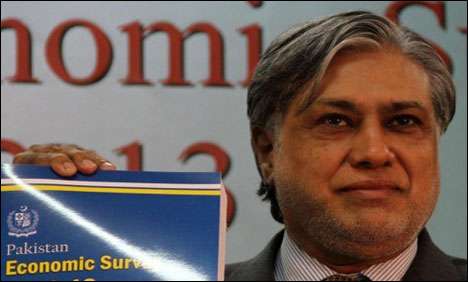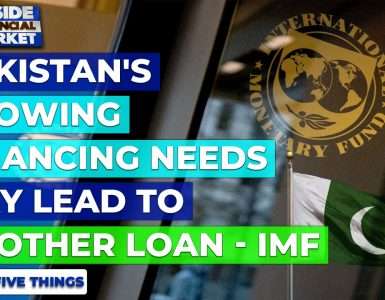 Economic Survey: hits and misses
Economic Survey: hits and misses
Not many might recall this, but at the launch of Economic Survey last year, Finance Minister Ishaq Dar spent quite some time expressing his rather vocal and coherent views about the degeneration of key economic institutions during the preceding decade. This year he didn’t bother to utter a single word about it. The reason, of course, is in the obvious, for Dar and the PML-N team in general has precious little to boast about the institutions most of which remain weak and headless to date. Still, it’s quite something that Pakistan’s GDP managed to grow 4.1 percent in FY14 – the highest growth since FY08. The growth came on the back of phenomenal growth in the industrial sector that grew by 5.8 percent as against 1.37 percent in FY13. The percentage point contribution of the industrial sector is estimated at 1.2, which is the highest point contribution by the sector since FY08.
The reason behind this growth is higher gas and electricity supply to the manufacturing sector that contributed 0.74 points to the 4.1 percent GDP growth – again, the highest since FY08. LSM growth is estimated to be 5.3 percent this year, as against 4.08 percent in FY13.
This is quite commendable, but questions loom over the sustainability of LSM growth. In last year’s coverage of economic survey, this column argued that “circular debt will rise again unless the leakages are stopped”. Sadly, the prophecy has come of truth; only that the government is not listening and is resorting to stop-gap measures once again, instead of reforming the power system.
Aside from the industrial sector, performance in agricultural and services sectors was subdued. Farming growth slowed to 2.1 percent down from 2.9 percent in FY13, as growth in wheat, rice maize, and sugarcane was offset by decline in cotton and pulses’ production.
Services sector growth also eased to 4.3 percent from 4.9 percent in FY13, as growth in wholesale & retail trade (5.2% in FY14 vs. 3.4% in FY13) was offset by slower growth in finance & insurance, and general government services. The finance & insurance sub-sector took a hit from lower interest rates and tighter spreads, whereas general government services shrank to 2.2 percent from 11 percent plus in the last two years on tighter current expenditures.
Looking from the composition side of things, it is essentially the consumption, specifically private consumption that drove the GDP growth. The survey shows that total consumption contributed 6 percentage points to GDP growth, the highest since FY07.
And while total investment contributed 0.15 points as against 0.9 last year, one must note the persistent decline in fixed investment that slipped even further to 12.39 percent of the GDP in FY14. This, against the target of 13.5 percent set for this year, is perhaps one of the most critical of the missed targets for the year.
The bottom line behind all this is that there is no doubt that Dar has been able to pull the economy from the lows. But aside from LSM growth – and that too based on partial resolution of circular debt that has managed to emerge again – Dar has little to boast about. The institutions are still weak, the investments are going down, and the last thing this country needs is another round of import-led consumption-driven injection to boost the economy.
One may excuse the PML-N for not being able to reform the economy on the premise that FY14 was the year of macro stability. But signs of reforms, real reforms, must be visible in the budgetary plans due to be announced today – and its spade work in the ensuing quarter. Failure, will only be window dressing the economy










Add comment